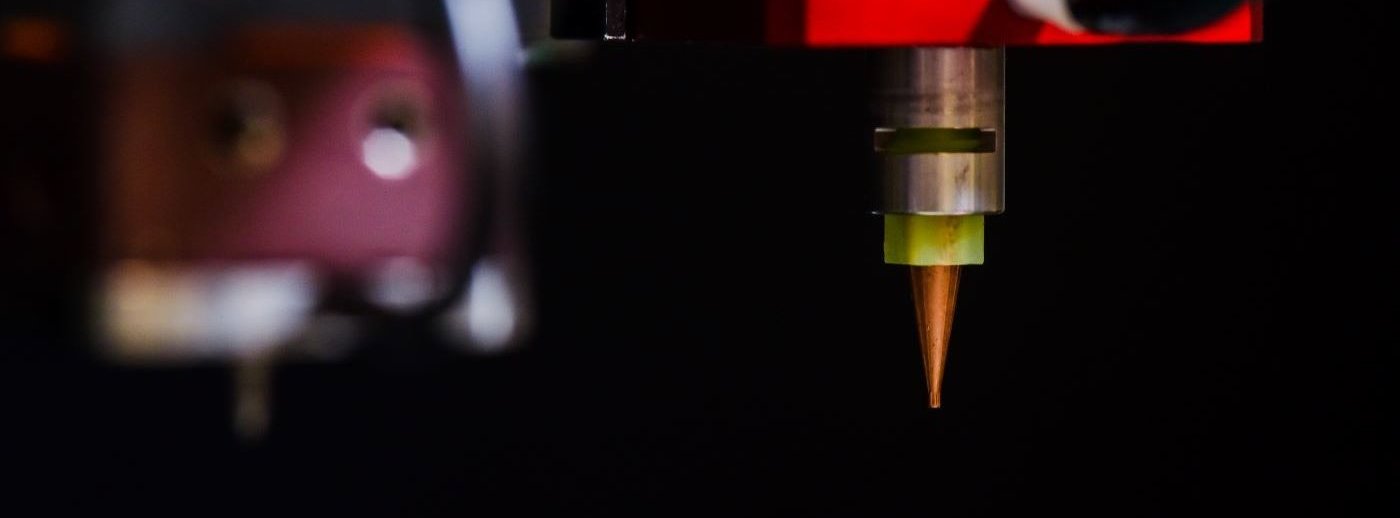Syringe Coating Case Study
SOLUTIONS: PIECING IT TOGETHER FOR YOU
THE CUSTOMER
A Global Medical Device Manufacturer Specializing in Disposable Syringes
THE EQUIPMENT
- FCS300-R Round Spray Valve – Lubricant
- RC200 Radial Coat Valve – Solvent
- PVA10G Pressure Tanks
THE CHALLENGE
A Unique Application
Two different fluids must be applied to the inner diameter (ID) of a syringe barrel. First, a low viscosity medical grade silicone lubricant needed to be applied to the upper inside wall of the syringe. This is to ensure smooth movement of a plug once it had been inserted though the top.
The second fluid application required the application of a solvent-based fluid inside the lower portion of the syringe barrel. This fluid would eventually mix with the media that would fill this syringe. Both fluids had to be applied with uniform coverage around the inner diameter of the syringe and both had to be kept separate from the other to avoid contamination.
In addition, the fluid delivery and dispense system must be integrated into a much larger automated assembly machine for a 10-up syringe system.
Current Process: Needs Innovation
Conventional methods to apply lubricant and solvent used standard spray valves that require atomizing air and often create a lot of mess with overspray. Most off the shelf spray heads also lacked the ability to apply uniform patterns of fluid in such small areas.
The first problem was cleanliness of the application. Off the shelf spray heads, to apply lubricants, often required a large amount of atomizing air to transfer the fluids, which created significant overspray inside and out of the syringe barrel. Precise application was also an issue. Because the lubricant was sprayed into the barrel from the top, air flow would distribute the particles down the sidewalls allowing too much fluid to settle at the bottom.
The second issue came when applying the solvent. Nozzles were made to extend a tip to the bottom of the syringe and apply a burst of air to distribute solvent. This burst of atomizing air did not distribute solvents evenly, therefore, large globs were applied that would run down to the lower portion of the syringe. Often, the solvent would build up on the nozzle and drip straight to the bottom.
THE SOLUTION
Two unique valves that reduce material waste while creating a higher quality product and reducing defects.
ROUND SPRAY VALVE FOR EVENLY DISTRIBUTING LUBRICANT INSIDE CYLINDERS
First, a system was needed that could uniformly apply lubricant directly to the upper sidewalls of the syringe barrel with as little overspray as possible while also reducing the amount of fluid that was deposited at the bottom
For this application, the FCS300-R Spray Valve was selected. This valve is capable of using a very small amount of atomizing air to break up and uniformly spray the lubricant to the sidewalls of the syringe. With the round cap design, this valve is also able to transfer more of the lubricant at a steep angle so the fluid is dispersed on the upper sidewalls.
By using this valve technology, the customer was able to dramatically reduce the amount of lubricant that reached the bottom of the syringe and eliminated cross-contamination issues with the solvent. This resulted in a reduction of required fluid that had to be applied per part, due to a higher percentage of the lubricant being focused on the upper sidewall. In addition to the materials savings, they also found they could maintain a much cleaner work environment.
RADIAL COAT VALVE FOR EVENLY DISTRIBUTING SOLVENT INSIDE CYLINDERS
To distribute the solvent inside the syringe, a system was needed that could uniformly apply the coating directly to the bottom sidewalls of the syringe barrel with as little overspray as possible.
For this system, the RC200 Radial Coat Valve was selected. This valve uses an air motor to spin a custom designed nozzle that can be inserted directly to the bottom of the syringe barrel. Once at the bottom of syringe it is rotated at high speeds to apply the lubricant to the sidewalls. Because the dispense orifice is located on the side of the nozzle at a 90° angle, the lubricant is applied horizontally, at full volume, directly to the tube wall. This new process applied the solvent uniformly and eliminated coating that could drip to lower areas of the syringe.
By using the FCS300-R and RC200 valves, the customer was able to accurately apply the lubricant to the upper sidewalls and the solvent to the bottom sidewalls without contamination. Thus, the process created a higher quality product and reduced defects.

